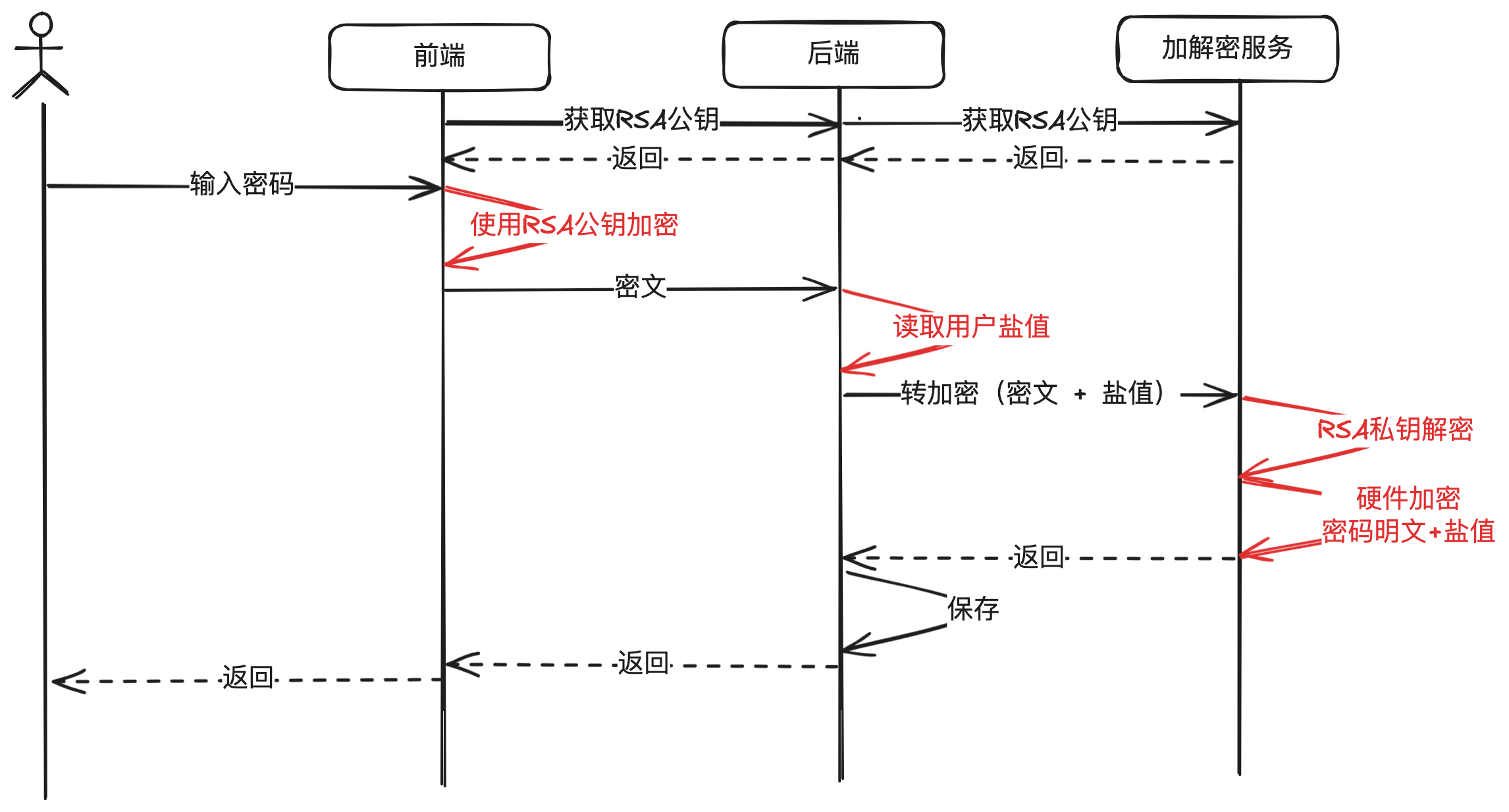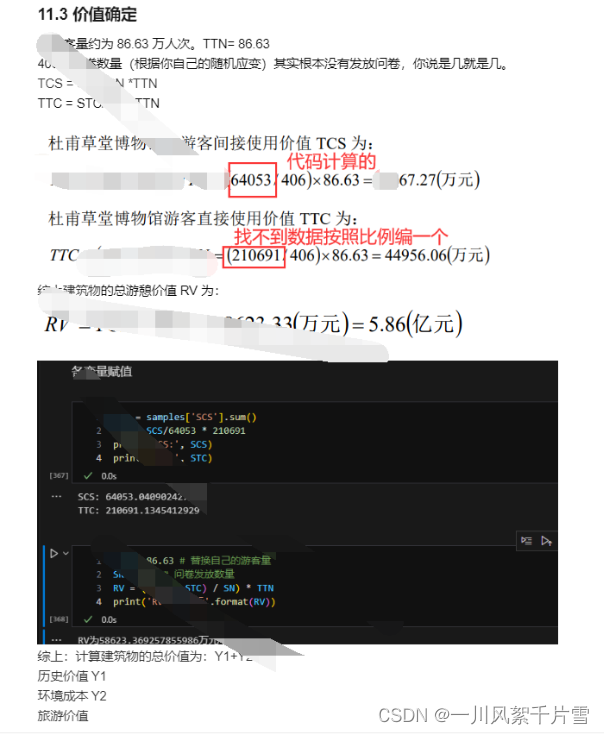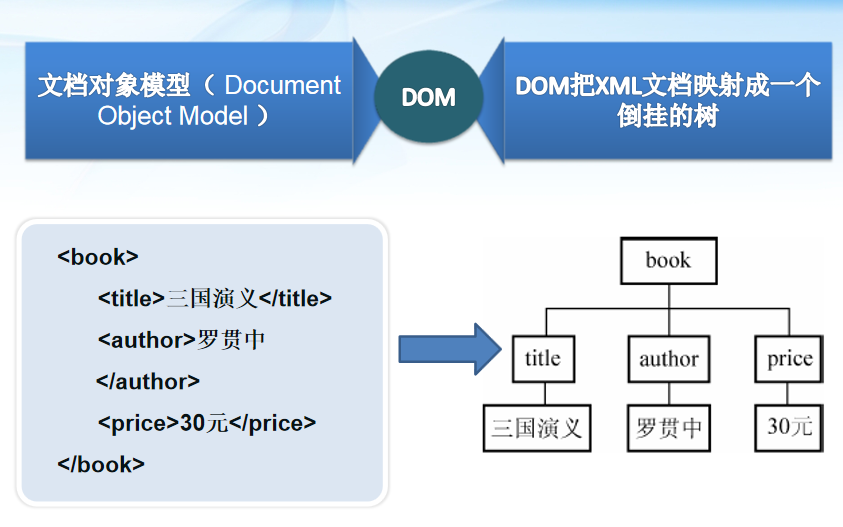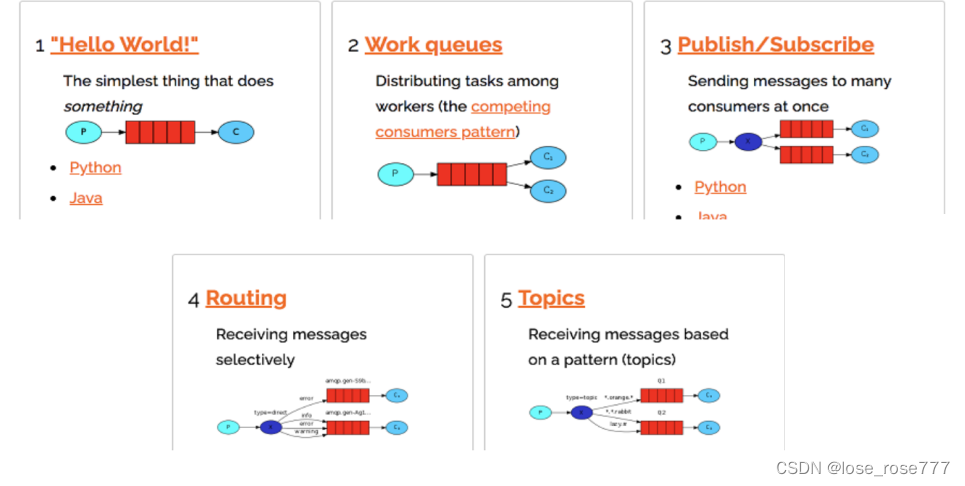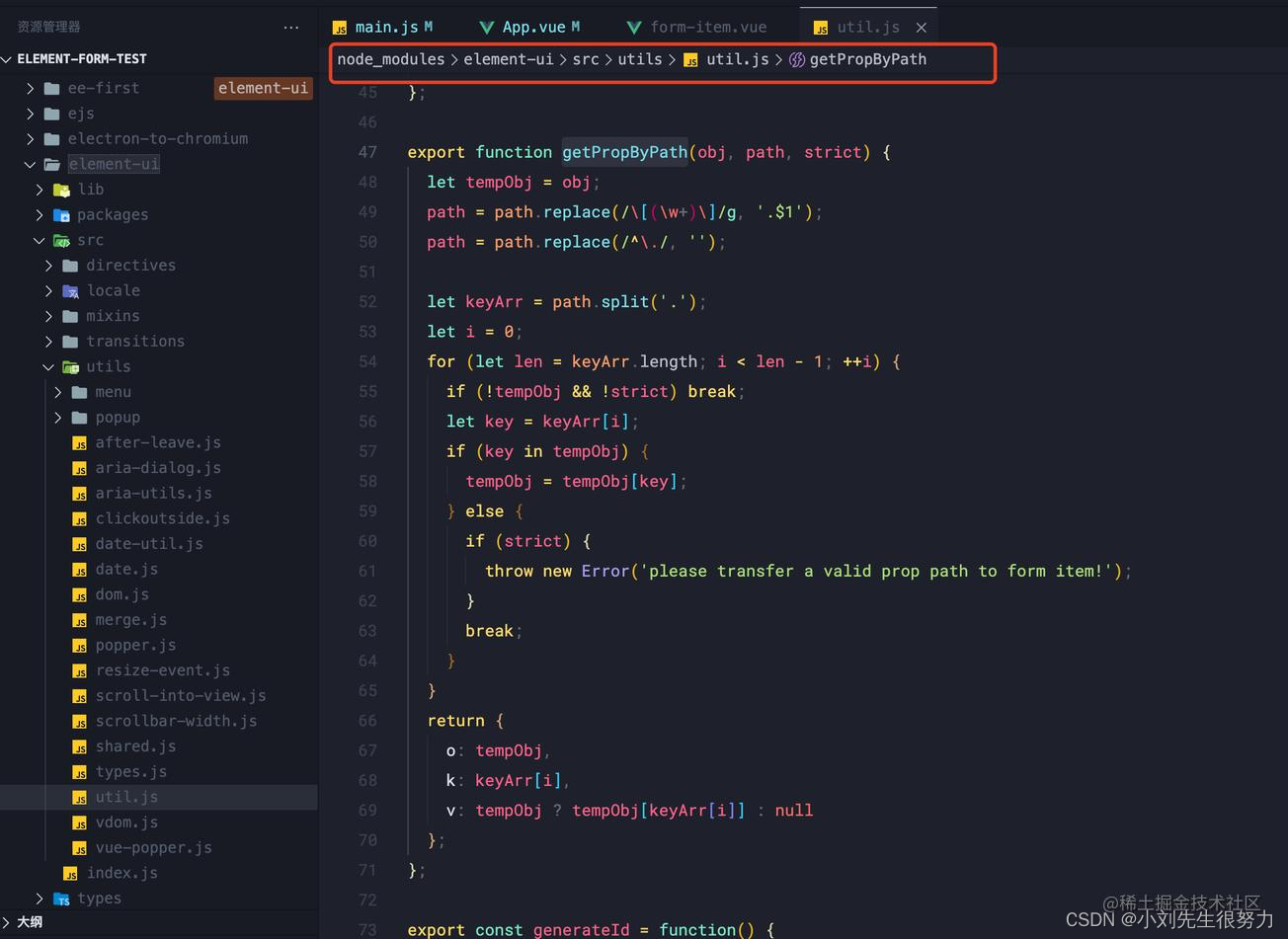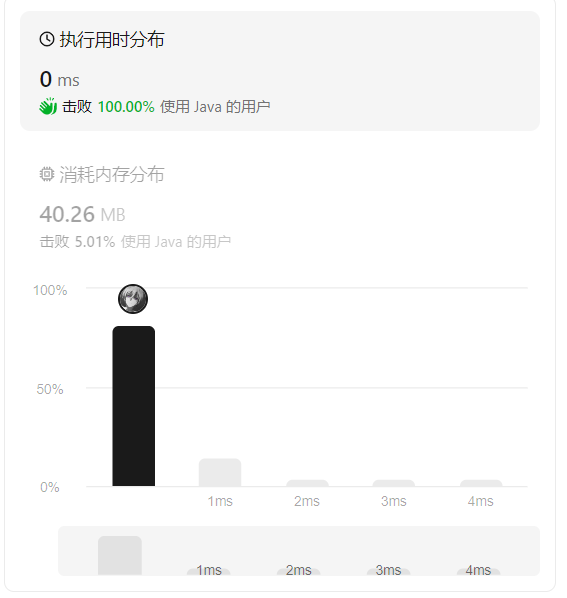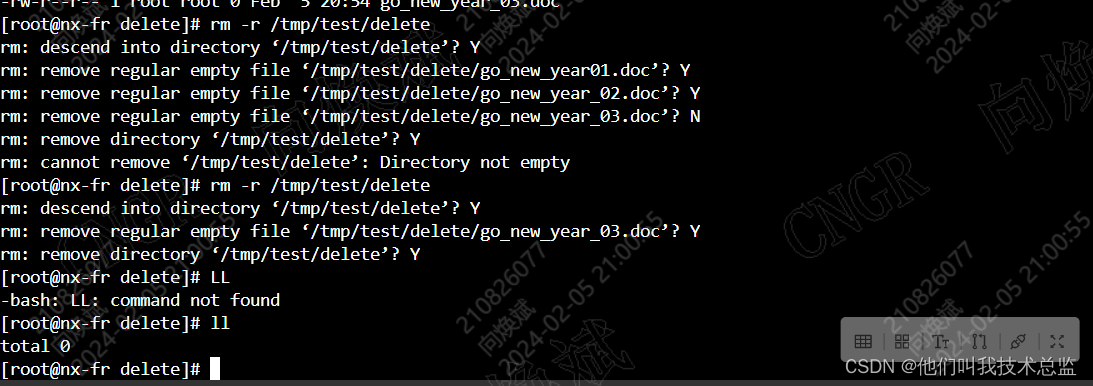前言
那么这里博主先安利一下一些干货满满的专栏啦!
高质量干货博客汇总![]() http://t.csdnimg.cn/jdQXqGit企业开发控制理论和实操
http://t.csdnimg.cn/jdQXqGit企业开发控制理论和实操![]() http://t.csdnimg.cn/PyPJeDocker从认识到实践再到底层原理
http://t.csdnimg.cn/PyPJeDocker从认识到实践再到底层原理![]() http://t.csdnimg.cn/G6Inp手撕数据结构
http://t.csdnimg.cn/G6Inp手撕数据结构![]() http://t.csdnimg.cn/XeyJn
http://t.csdnimg.cn/XeyJn
这里是很多数据结构的模拟实现源码,都是我自己编写的仿照stl风格的数据结构模拟实现。
GitHub - Yufccode/CPlusPlus-review-main: 这是我复习C++的时候所用的一些代码和文件这是我复习C++的时候所用的一些代码和文件. Contribute to Yufccode/CPlusPlus-review-main development by creating an account on GitHub.![]() https://github.com/Yufccode/CPlusPlus-review-main
https://github.com/Yufccode/CPlusPlus-review-main
并查集
并查集的表示
1. 像堆类似,用下标表示关系
2. 双亲表示法
一开始数组存的是-1,表示每个数都是一棵树,每个数表示一个集合
假设数组:
int a = [-1,-1,-1,-1,-1];这个数组进行一次合并之后变成:
int a = [-1,0,-1,-1,-1];这个表示下标为1的数的父亲就是下标为0的数。
如果下标为负数,那么这个数就是树的根。
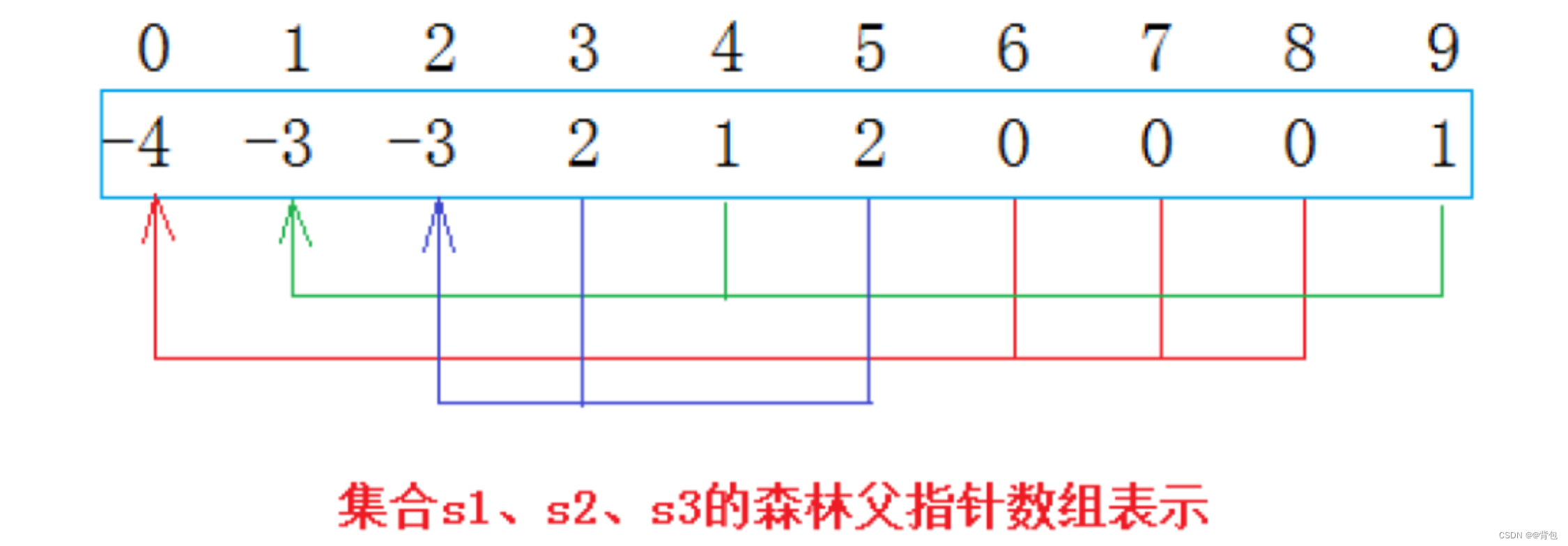
合并
找根,只能是根的合并。
谁合并谁没有严格的要求(压缩路径才需要要求,一般性能要求比较高才需要压缩路径)。
并查集实现
template <class T>
class union_find_disjoint_set
{
private:
std::vector<T> __ufs; // 通过编号找人
public:
union_find_disjoint_set(size_t n)
: __ufs(n, -1) {} // 先初始化成-1
void Union(int x1, int x2)
{
int root1 = FindRoot(x1);
int root2 = FindRoot(x2);
if (root1 == root2) // 如果在一个集合就没必要合并了
return;
if (root1 > root2)
std::swap(root1, root2); // 统一让下标小的根去合并大的根,其实这个是没有要求的
__ufs[root1] += __ufs[root2];
__ufs[root2] = root1;
}
int FindRoot(int x)
{
int root = x;
while (__ufs[root] >= 0)
root = __ufs[root];
return root;
}
bool InSet(int x1, int x2) // 判断是否在同一个集合
{
return FindRoot(x1) == FindRoot(x2);
}
size_t SetSize()
{
size_t cnt = 0;
for (const auto &e : __ufs)
if (e < 0)
++size;
return size;
}
};相关题目
547. 省份数量
https://leetcode.cn/problems/number-of-provinces/description/![]() https://leetcode.cn/problems/number-of-provinces/description/把并查集复制进去。这样调用即可。
https://leetcode.cn/problems/number-of-provinces/description/把并查集复制进去。这样调用即可。
class Solution {
public:
int findCircleNum(vector<vector<int>>& isConnected) {
union_find_disjoint_set<int> ufs(isConnected.size());
for(size_t i = 0; i<isConnected.size(); i++)
{
for(size_t j = 0; j < isConnected[i].size(); j++)
{
if(isConnected[i][j] == 1)
{
ufs.Union(i, j);
}
}
}
// 现在所有城市能合并的已经合并完了
return ufs.SetSize();
}
};990. 等式方程的可满足性
class Solution {
public:
bool equationsPossible(vector<string>& equations) {
std::vector<int> ufs(26, -1);
auto findroot = [&ufs](int x){
while(ufs[x]>=0)
x = ufs[x];
return x;
};
// 第一遍,先把相等的值加到一个集合中来
for(auto& str : equations)
{
if(str[1] == '=')
{
int root1 = findroot(str[0] - 'a');
int root2 = findroot(str[3] - 'a');
if(root1 != root2)
{
ufs[root1] += ufs[root2];
ufs[root2] = root1;
}
}
}
// 第二遍,看看不相等的是否会出现在一个集合中
for(auto& str : equations)
{
if(str[1] == '!')
{
int root1 = findroot(str[0] - 'a');
int root2 = findroot(str[3] - 'a');
if(root1 == root2)
{
return false;
}
}
}
return true;
}
};




